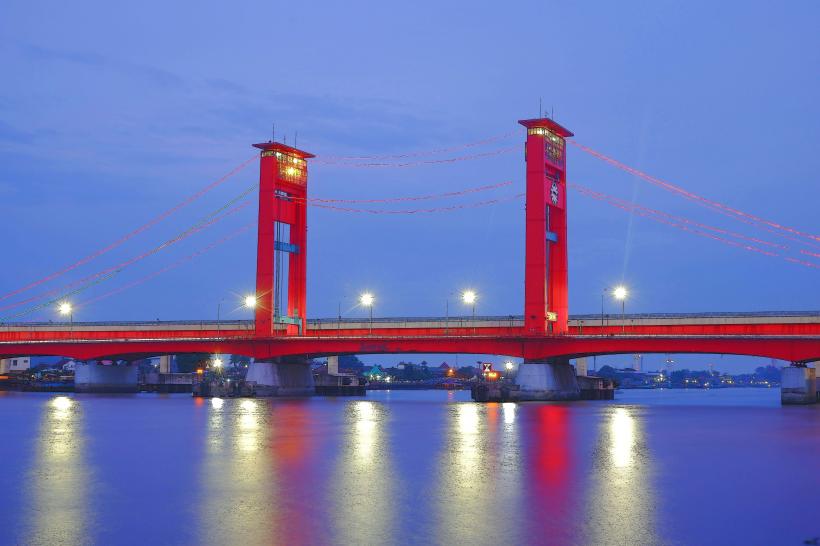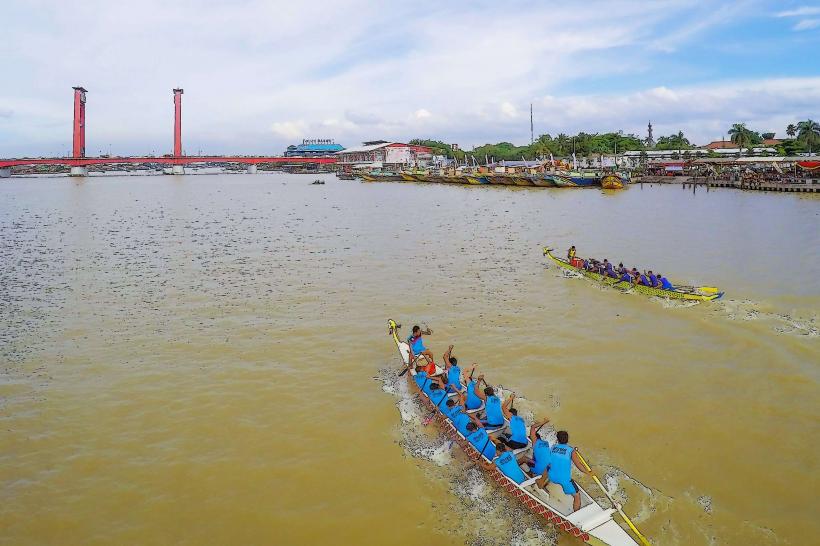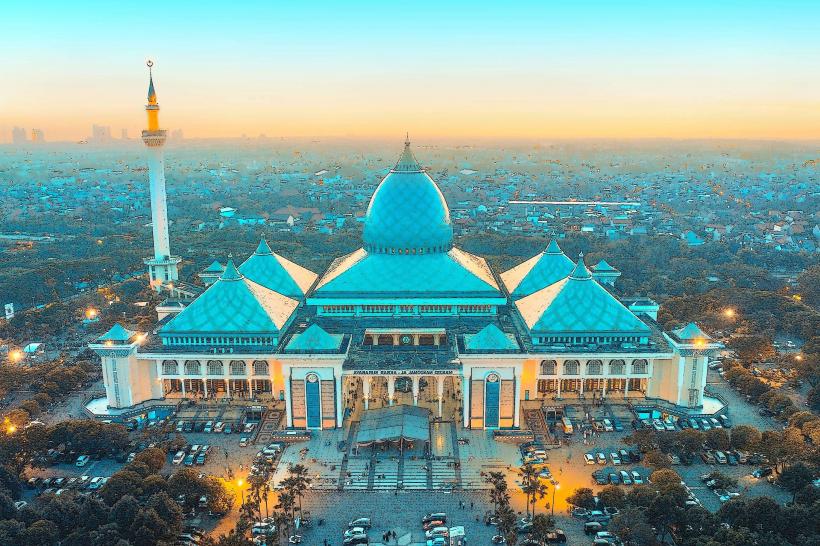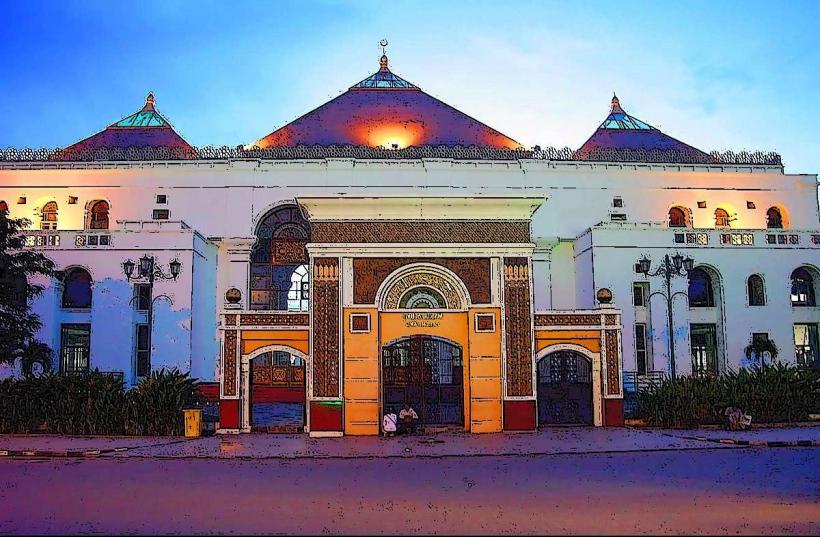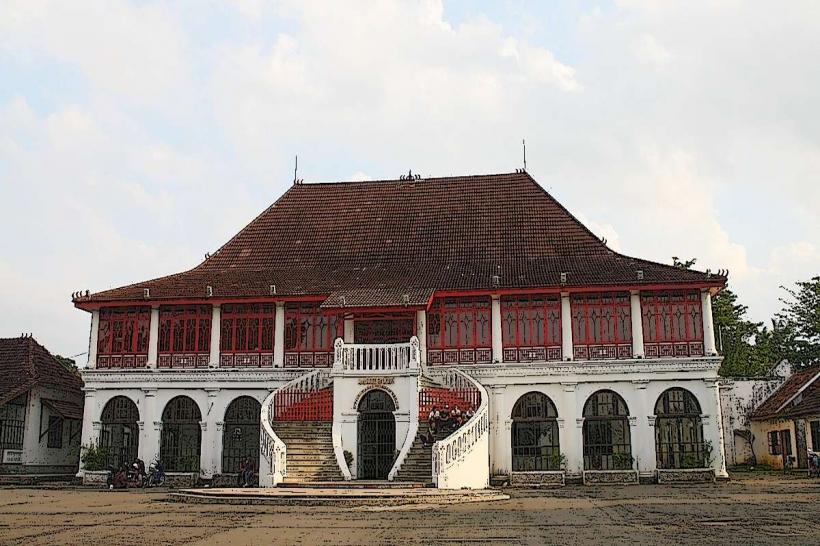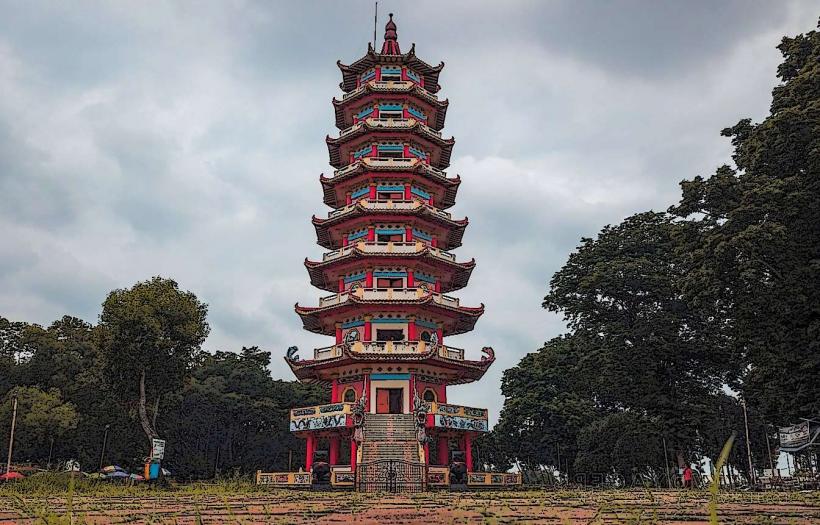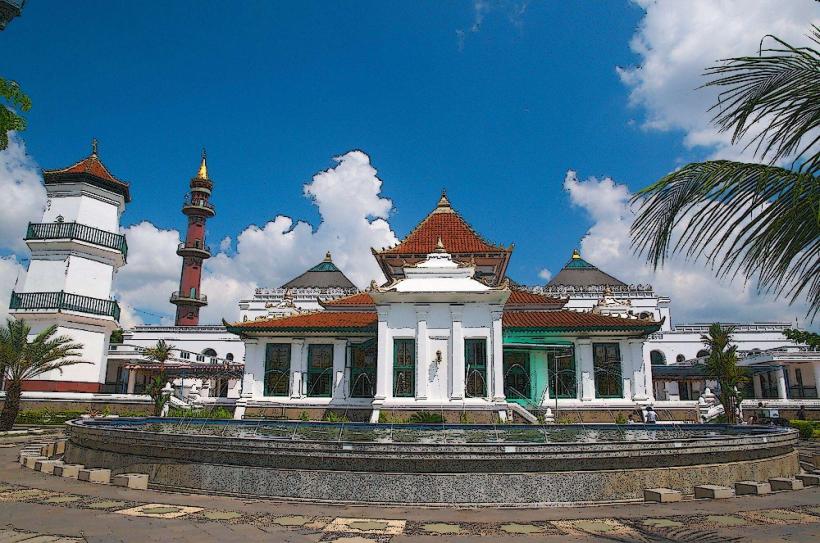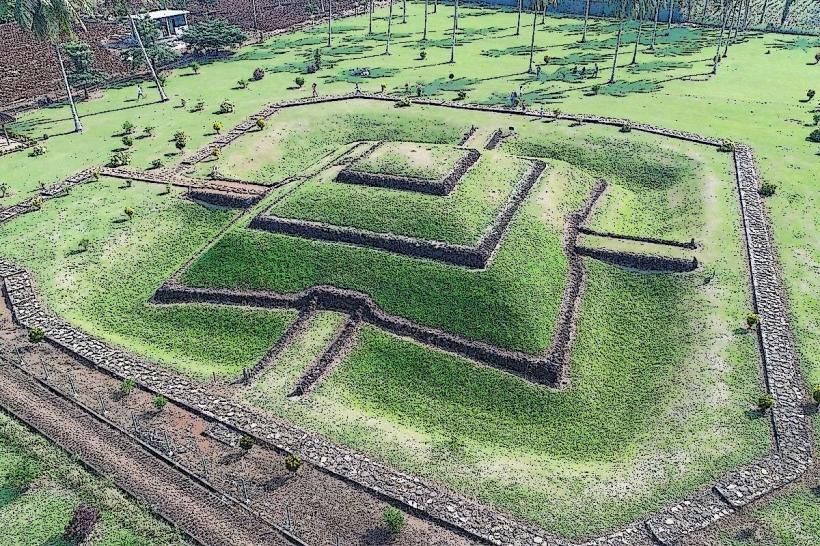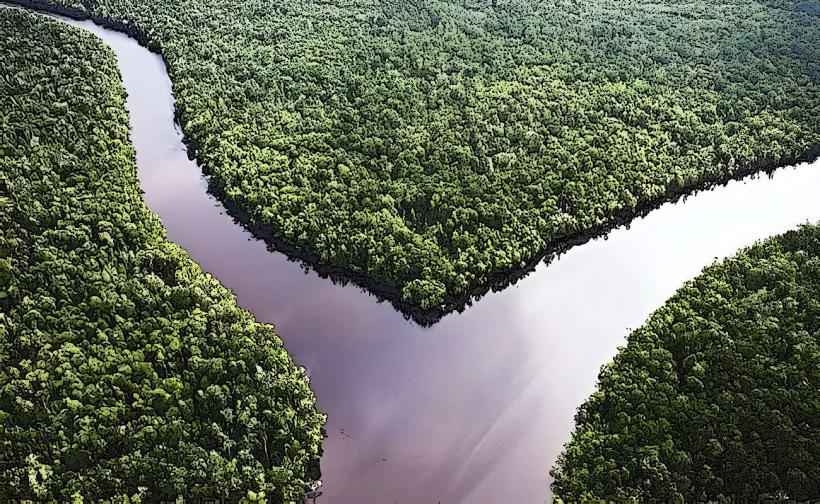Information
Landmark: Sriwijaya Kingdom MuseumCity: Palembang
Country: Indonesia
Continent: Asia
The Sriwijaya Kingdom Museum is a cultural and historical museum located in Palembang, South Sumatra, Indonesia. It is dedicated to the history and legacy of the Sriwijaya Kingdom, a powerful maritime empire that flourished in Southeast Asia from the 7th to 13th centuries. This museum provides insights into the kingdom’s role in trade, politics, and culture in the region, especially its influence on Indonesia and neighboring countries.
Key Highlights of the Sriwijaya Kingdom Museum
1. Overview and History
- Purpose: The museum was established to preserve and showcase the history and artifacts of the Sriwijaya Kingdom, which was headquartered in Palembang. The kingdom played a critical role in shaping the cultural and economic development of the region.
- Location: The museum is located within the Karanganyar Archaeological Site, a significant historical area believed to be the center of the Sriwijaya Kingdom.
- Inauguration: The museum was officially opened in 1984 and serves as a resource for both researchers and the public to explore the legacy of one of Southeast Asia’s greatest empires.
2. Architecture and Layout
- The museum is designed with traditional and historical elements, reflecting the local Palembang style. Its architecture combines modern museum functionality with historical influences to create an engaging environment for visitors.
- The museum has a main exhibition hall, research facilities, and an outdoor area showcasing relics and reconstructions of ancient structures.
3. Exhibitions and Collections
- Artifacts from the Sriwijaya Era:
- The museum houses a collection of artifacts from the Sriwijaya period, including:
- Stone inscriptions written in Old Malay and Sanskrit, detailing the kingdom’s history, trade relations, and religious practices.
- Bronze and gold artifacts, such as coins, jewelry, and ceremonial items, which highlight the wealth and craftsmanship of the kingdom.
- Pottery and ceramics, some of which are imported from China and other trading partners, demonstrating the extensive trade network of the Sriwijaya Kingdom.
- The museum houses a collection of artifacts from the Sriwijaya period, including:
- Dioramas and Models:
- Visitors can view detailed dioramas depicting life during the Sriwijaya era, including scenes of trade, governance, and daily life.
- Models of ancient ships and trade routes illustrate the kingdom’s maritime prowess.
- Religious Artifacts:
- The Sriwijaya Kingdom was a major center for Buddhism. The museum exhibits Buddhist statues and relics, showcasing the kingdom’s role in spreading Buddhism across Southeast Asia.
- Maps and Documents:
- Historical maps of the Sriwijaya Kingdom and its trade routes are displayed, providing context for its strategic importance in regional trade and politics.
4. Historical Significance of Sriwijaya Kingdom
- The Sriwijaya Kingdom was known as a maritime empire that controlled critical trade routes in the Malacca Strait and the South China Sea.
- Palembang, as the capital, was a hub for commerce, attracting traders from China, India, the Middle East, and other parts of Asia.
- The kingdom also served as a cultural and religious center, facilitating the spread of Buddhism to other parts of Southeast Asia, including Java, Thailand, and Cambodia.
- The museum emphasizes the kingdom’s golden age, when it was a dominant power in the region.
5. Educational and Research Role
- The museum collaborates with researchers, archaeologists, and historians to study the Sriwijaya Kingdom’s impact on Southeast Asia.
- It is an important site for understanding the trade networks, cultural exchanges, and technological advancements of the ancient maritime world.
- Workshops and Seminars: The museum organizes events, such as lectures and archaeological workshops, to educate the public about the Sriwijaya era.
6. Outdoor Features
- The Karanganyar Archaeological Site, where the museum is located, features the remnants of ancient canals, ponds, and settlements from the Sriwijaya period. Visitors can explore these areas to gain a deeper understanding of the kingdom’s infrastructure and water management systems.
- A large replica of a Sriwijaya-era stupa is located in the museum’s outdoor area, symbolizing the kingdom’s Buddhist heritage.
7. Visitor Experience
- Guided Tours: The museum offers guided tours led by knowledgeable staff, providing detailed explanations of the artifacts and the history of the Sriwijaya Kingdom.
- Interactive Exhibits: Modern displays and interactive elements make the museum experience engaging for visitors of all ages.
- Souvenir Shop: A small souvenir shop within the museum sells books, replicas of artifacts, and other items related to the Sriwijaya Kingdom.
8. Significance for Tourism
- The Sriwijaya Kingdom Museum is a must-visit attraction for history enthusiasts and tourists interested in Indonesia’s rich cultural heritage.
- It complements other historical landmarks in Palembang, such as the Musi River, Ampera Bridge, and Kuto Besak Fort, offering a well-rounded experience of the city’s historical significance.
9. Practical Information
- Address: The museum is located at Karanganyar, Gandus District, Palembang, South Sumatra.
- Opening Hours: The museum is generally open from 9:00 AM to 4:00 PM, but it’s advisable to check the hours beforehand.
- Entry Fee: A small fee is charged for admission, making it an affordable option for visitors.
- Accessibility: The museum is easily accessible by car or public transport from central Palembang.
10. Conclusion
The Sriwijaya Kingdom Museum serves as a gateway to the rich history of the Sriwijaya Empire and its contributions to trade, culture, and religion in Southeast Asia. With its impressive collection of artifacts, interactive exhibits, and historical significance, the museum is an essential stop for anyone looking to delve into the ancient history of Indonesia and the legacy of one of the region’s most influential kingdoms.

